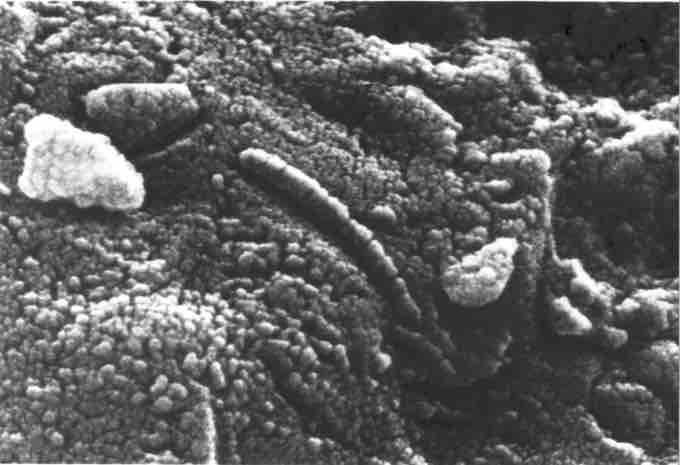Biosignatures
A biosignature is any substance - such as an element, isotope, molecule, or phenomenon - that provides scientific evidence of past or present life. It is important to understand that while the presence of these substances or events could be a result of past or present life, they are not definitive evidence and should not be treated as such. Scientists determine the significance of a biosignature not only by examining the probability of life creating it, but mostly by the improbability of abiotic processes producing it.
Martian Biosignatures
On Earth, normal mammalian functioning has produced a fog of chemicals that is not replicated by any chemical process. This fog is made up of large amounts of oxygen and small amounts of methane. This mixture of gases has also been observed in the atmosphere of the planet Mars. Due to scientific thought that this fog cannot be formed by a chemical process, logic concludes that there must be some source of life on the planet .

Martian Meteorite with Possible Fossilized Bacteria
Some researchers suggest that these microscopic structures on the Martian meteorite could be fossilized bacteria.
Scientists feel it is necessary to explore their hypotheses, so in the 1970s there were two American probes called Viking I and II that were sent to Mars to explore for life. The probes took images of the planet while in orbit and also while actually on the surface of Mars. The Viking landers carried three life-detection experiments that looked for signs of metabolism. Unfortunately, the imaging and life-detection results were inconclusive. There are plans for future missions to Mars, the Mars Science Laboratory and ExoMars, which will not only search for biosignatures but try to detect habitable environments as well.